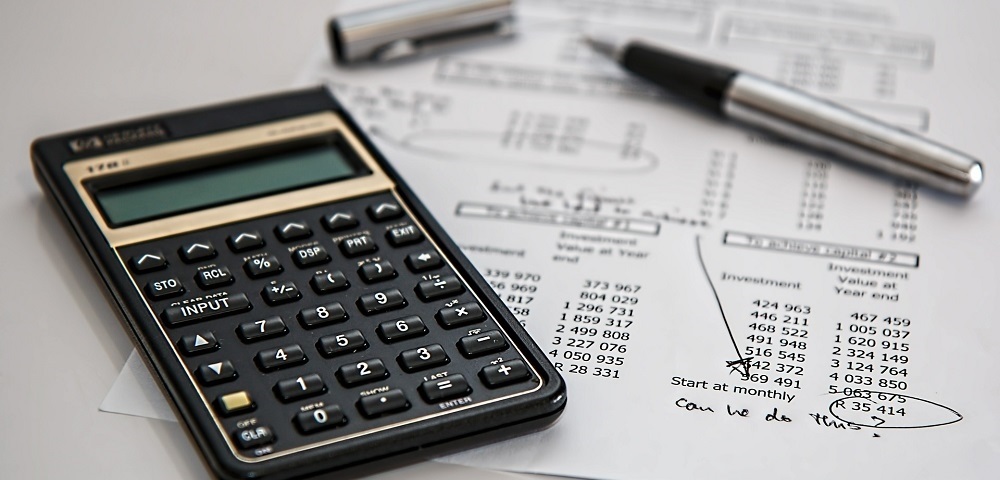The stock market has seen an incredible run of volatile trading since the coronavirus pandemic began to take hold in the United States. In the month of March alone, the S&P 500 fell more than 30% and featured several trading sessions where the entire index fell or rose by more than 9% in a single day.
Volatile markets can certainly be more risky than non-volatile markets, but using volatility and risk interchangeably isn’t an accurate definition. While a link will always exist, the reality is that volatility and risk attempt to gauge two very different things. In this post, we’ll walk you through how volatility and risk are related in investment.
Volatility & Its Relationship with Risk
Risk and volatility are two different investment measurements. While both can change across time periods, volatility is the more visible market variable, while risk tends to be abstract and nebulous. For example, volatility can be measured daily by the rise and fall of the Dow Jones Industrial Average (DJIA). The Dow is an index of 30 of the largest US companies measured in points, which reached its all-time high of 29,568 in February. These stocks rise and fall depending on their own merits, but the average is captured by the Dow. As you can see, volatility will increase if all 30 of these stocks start moving in the same direction, and the Dow Jones will lose or gain a greater number of points. On March 16, the Dow Jones lost 2997 points, the largest loss in index history—a decline of nearly 13%.
Volatile markets can increase investment risk, because the range of expected outcomes widens—but saying more volatile equals riskier is not always true. Hedge funds often use strategies where profits increase when market volatility increases, although these types of investments aren’t for everyday investors.
Volatility is a measure of price movement, while risk measures the possibility of a poor outcome. Yes, stocks tend to take the stairs up and elevators down, so most investors lose money when excess volatility strikes the market. But on a long enough timeline, market volatility becomes little more than noise.
Standard Deviation vs Beta
Standard deviation is a variable frequently used in scientific studies to measure the differences in rates over a certain period of time. In finance, this is a great tool for measuring volatility relative to the average price action of a stock. A high standard deviation means a certain stock is prone to bouts of volatility that influence returns away from the average. Think of it this way: standard deviation measures the predictability of returns in a stock compared to its average. It’s an absolute measure that only compares price action from a single security.
The beta coefficient, however, is more of a relative measure. Beta compares a stock’s volatility not with the average price movement of the shares themselves, but with the overall market as a whole (usually using the S&P 500 as a proxy). Beta is a single number used to differentiate a single security’s volatility from the underlying volatility of a market benchmark like the S&P 500.
To better clarify, let’s use the SPDR Sector Select Tech fund (XLK) as an example. XLK is an ETF for tech stocks with a 1.02 beta according to Yahoo Finance. The beta of the benchmark S&P 500 will always be 1, meaning that XLK is 2% more volatile than the S&P 500 on average. On the other hand, the SPDR Sector Select Utilities ETF (XLU) has a beta of 0.44, which means it’s 66% less volatile as the S&P 500. Funds with low beta like XLU will underperform in bull markets and outperform in bear markets.
Systematic Risk vs Unsystematic Risk
Diversification is a terrific way to limit the volatility of your portfolio, but understanding different types of risk is key to understanding your own preferences as an investor. Investors with different goals will have different tolerances for losses. Of course, not all risk is the same. In the market, risk is generally broken down into two categories: systematic risk and unsystematic risk.
Systematic risk is everywhere. It’s the risk inherent to investing in the stock market instead of risk-free assets like CDs or Treasuries. Without systematic risk, investors wouldn’t be rewarded with returns above the risk-free asset level. Systematic risk cannot be reduced through diversification. An event like the coronavirus pandemic or the 2008 housing crash is a good example of systematic risk. No sector, share class, or region is immune to its effects. Systematic risk is like the roots of a tree winding its tendrils into every stock and company.
On the contrary, unsystematic risk can be eliminated or reduced through proper diversification. Unsystematic risk is specific to a particular company, asset class, or market sector. For example, if the price of oil declines, upstream drillers will face the brunt of the fall while companies like Amazon and Walmart will be largely unaffected. If Macy’s declares bankruptcy, it’s unlikely anyone investing in Netflix shares will notice.
Focus on What Matters
There are plenty of ways to measure volatility and risk, but it’s important not to lose focus on the big picture. If you have a well-managed investment plan, the day-to-day volatility of the market isn’t something to be concerned with. Bad things can happen in the market and investments can lose money. This is risk that matters is not meeting your investment goals. A little self-analysis to re-evaluate risk tolerance will often prove far more effective than hours spent pouring over financial data.
Work with an Experienced Financial Advisor
If you need help better understanding volatility, risk, and how these may impact your portfolio, speak with Joshua Strange, a CERTIFIED FINANCIAL PLANNER™ at Good Life Financial Advisors of NOVA today.


